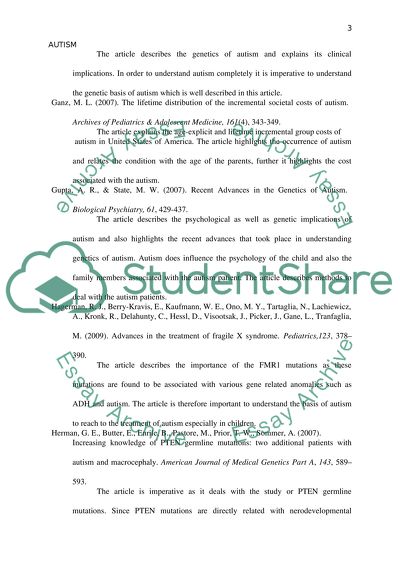Cite this document
(“Current Treatments for Children with Autism Essay - 1”, n.d.)
Retrieved from https://studentshare.org/psychology/1602821-current-treatments-for-children-with-autism
Retrieved from https://studentshare.org/psychology/1602821-current-treatments-for-children-with-autism
(Current Treatments for Children With Autism Essay - 1)
https://studentshare.org/psychology/1602821-current-treatments-for-children-with-autism.
https://studentshare.org/psychology/1602821-current-treatments-for-children-with-autism.
“Current Treatments for Children With Autism Essay - 1”, n.d. https://studentshare.org/psychology/1602821-current-treatments-for-children-with-autism.


